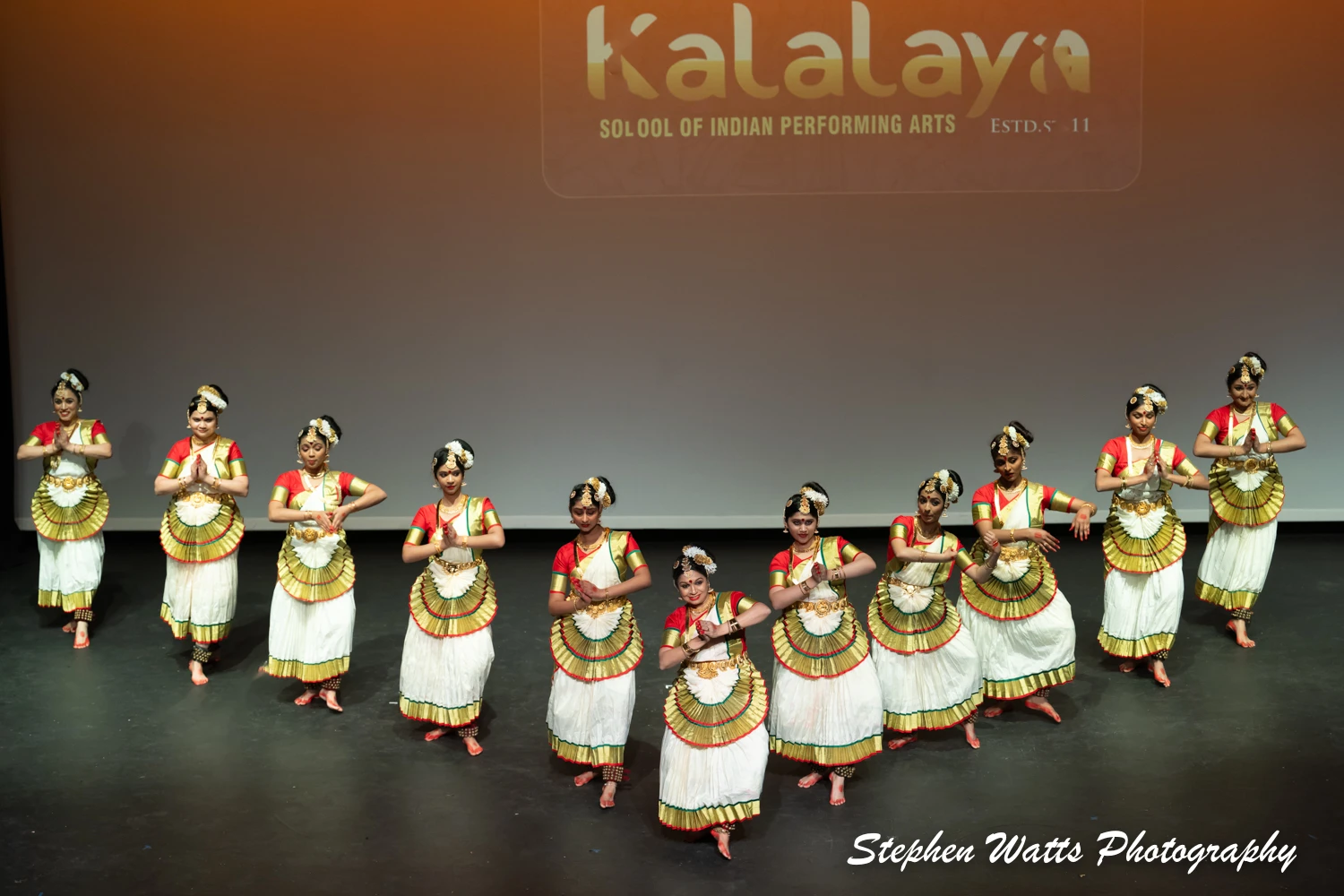Indian classical music is the classical music of the Indian subcontinent. It has two major traditions: the North Indian classical music tradition is called Hindustani, while the South Indian expression is called Carnatic. These traditions were not distinct until about the 16th century. During the period of Islamic rule of the Indian subcontinent, the traditions separated and evolved into distinct forms. Hindustani music emphasizes improvisation and exploring all aspects of a raga, while Carnatic performances tend to be short and composition-based. However, the two systems continue to have more common features than differences.
The roots of the classical music of India are found in the Vedic literature of Hinduism and the ancient Natyashastra, the classic Sanskrit text on performance arts by Bharata Muni. The 13th century Sanskrit text Sangita-Ratnakara of Sarangadeva is regarded as the definitive text by both the Hindustani music and the Carnatic music traditions.

The event Prakriti explored the theme of ‘Prakriti (nature) and Sustainability’. Packed with captivating performances, it presented the concept of Prakriti as explained in the scriptures and linked it to Sustainability.
The program showcased the key elements of Prakriti (Space, Air, Fire, Water,Earth), their interconnectedness and the link to the life cycle – creation, sustenance, and dissolution. Highlighted the interconnectedness of all beings and the environment. The event emphasised the importance of everyone’s responsibility of doing their prescribed duties and syncing with nature, avoiding the abuse of natural resources.
Acknowledging the divine essence in all actions promotes a sense of social responsibility and harmony with nature. Any imbalance in the cosmic cycle (as explained in the scriptures) ultimately affects life as it may directly affect the food chain. No life can exist without food and hence no sustainability.
The Prakriti program had various performances by the local teachers and their students to bring out the significance of nature’s five elements and how the community needs to sustain this for future generations. Professionally qualified teachers in this art from various cultural backgrounds participated in collaborating & showcasing how Prakriti & sustainability are linked. The Prakriti program not only celebrated classical art forms but also inclusivity, and a shared commitment to preserving cultural heritage and the environment. This provided an enriching experience to the audience of the beauty of diverse cultures and their harmonious relationship with nature.
PLATINUM SPONSORS

SILVER SPONSORS






Shruthi had its humble beginnings on 20th March, 1993 and the initiative was mainly by Dr Kuna Iyenkaran. Mr Param, Mrs Saras Param, Dr Mallika Prasad, Mr Krishnamoorthy, Mrs Raji Krishnamurthy, Mrs Prema Iyer were the initial people amongst many others, who worked with Dr Kuna Iyenkaran enabling Shruthi to organize several events.
There were around 10 families who were keenly interested in promoting art and culture that were predominantly south Indian in nature. A few people who could sing were roped in to start an informal gathering. Initially, film music with ragam based songs/dance were encouraged. The nomenclature – Shruthi- is based on the 7 musical notes and the logo came much later. Functions of this group were attended by people who originated from India, Sri Lanka, Malaysia, Australia and other countries.
Shruthi, in addition to bringing music lovers, scouted for new talents amongst young and old and brought them together on stage thereby promoting talents and developing confidence. It has been and continues to be successful to a large extent in achieving this and hopes to continue this good work. Shruthi nurtures talent through vocal and instrumental music, dance and other art forms. The Shruthi Committee was formed informally with Krishnamoorthy and others volunteering to run the show.






